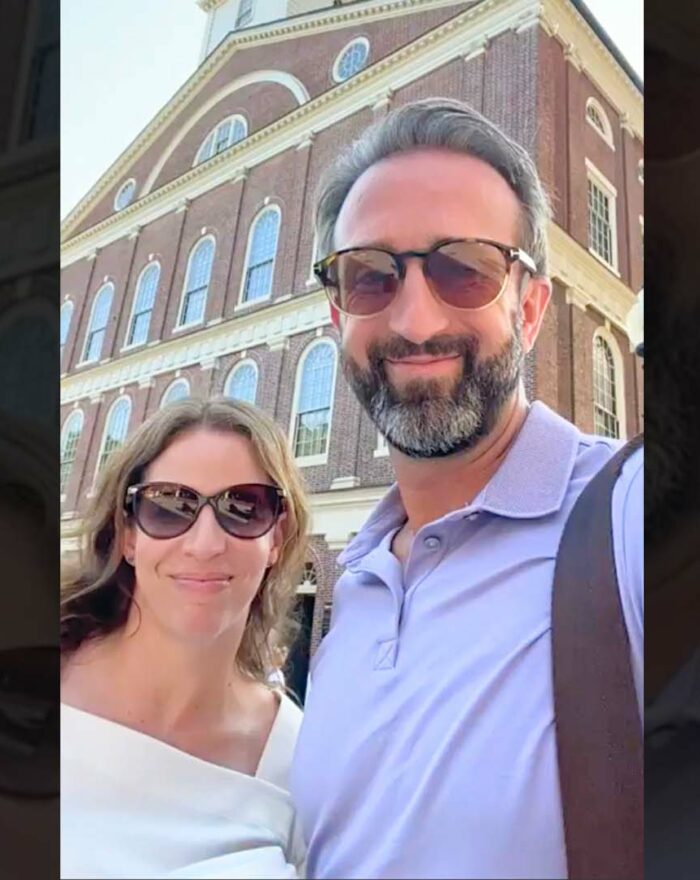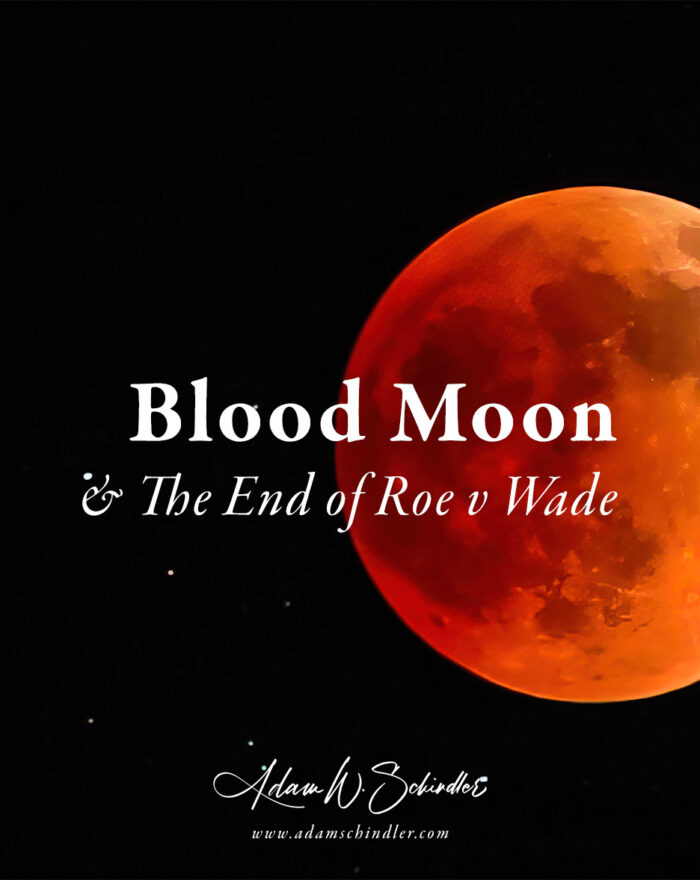Greco-Roman and Jewish Visions of Life After Death: A Comparative Insight
- 2024
- 42 min
- Leave a review
Exploring afterlife beliefs across different religions and cultures reveals a rich tapestry of spiritual and existential ideas that profoundly influence societal values and worldviews. Fascinating is the contrast between Greco-Roman and Jewish concepts of life after death during Jesus’s era, which offers a unique lens through which to view ancient and enduring questions about mortality and the soul’s fate after death.
Greco-Roman Perspectives
In ancient Greece, Homer’s portrayal of the afterlife in his epic poems presents a bleak and shadowy existence. Souls, referred to as shades or phantoms, inhabit a wispy form, lacking the full essence of humanity. These souls dwell in Hades, a realm where they lead a subhuman existence devoid of hope. Homer’s description paints a stark picture, posing existential questions about the reality and significance of such an existence.
Plato, another monumental figure in ancient Greek thought, offers a more nuanced understanding. Influenced by Homeric traditions, which he considered an Old Testament od sorts, Plato believed the soul’s essence was eternal. For him, happiness in the afterlife depended on the soul’s cultivation during earthly life. He envisioned Hades not as a place of punishment but as a realm where enlightened souls could engage in endless philosophical debates, enjoying a liberated existence away from the body’s prison.
The Concept of Apotheosis:
The apotheosis, or deification of mortals, particularly emperors like Vespasian and historical figures like Alexander the Great, further complicates Greco-Roman beliefs. This practice involved claims of divinity and ascension to godhood, often supported by state-sanctioned narratives and cults that interpreted celestial phenomena like comets as signs of a soul’s ascension to heaven.
Jewish Vision of Resurrection:
Contrasting sharply with the Greco-Roman focus on the soul and its liberation from the body, Jewish eschatology centered on the physical resurrection of the righteous. This belief was not merely a continuation of life as it had been but a transformation into a glorified existence, as exemplified by the claims about Jesus’s resurrection. Unlike the Greco-Roman view, which often saw earthly life as a temporary stage before the soul’s release, the Jewish perspective emphasized a divine intervention to restore and elevate the faithful in a renewed creation.
Implications for Understanding Jesus’s Resurrection:
The Jewish and Greco-Roman worlds provided distinct frameworks that would have influenced how early followers of Jesus understood his resurrection. For Jews, the claim that Jesus not only returned but was glorified and ascended to heaven aligned with messianic expectations of divine vindication and the ultimate redemption of creation. In contrast, Greco-Roman onlookers might interpret Jesus’s resurrection through the lens of apotheosis or philosophical debates about the soul, thus missing the uniquely Jewish context of his resurrection as a transformative event that promised new life not just for one individual but for all creation.
These ancient beliefs about the afterlife thus offer a profound insight into how different cultures grapple with the mysteries of life, death, and what may lie beyond, each reflecting their hopes, fears, and aspirations for what comes after this life.
More New Testament Study 2024
More Pause to Pray
Recent Teachings
Reviews for Greco-Roman and Jewish Visions of Life After Death: A Comparative Insight
There are currently no reviews for Greco-Roman and Jewish Visions of Life After Death: A Comparative Insight
Please sign in or register for a new account to leave a review.
© Copyright 2012 – 2024 | Adam W. Schindler | ALL RIGHTS RESERVED































